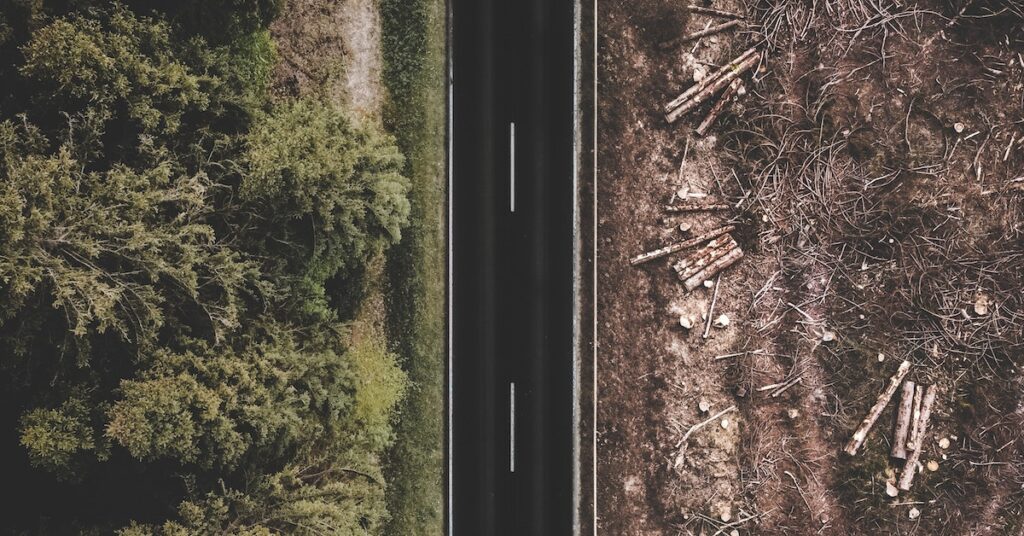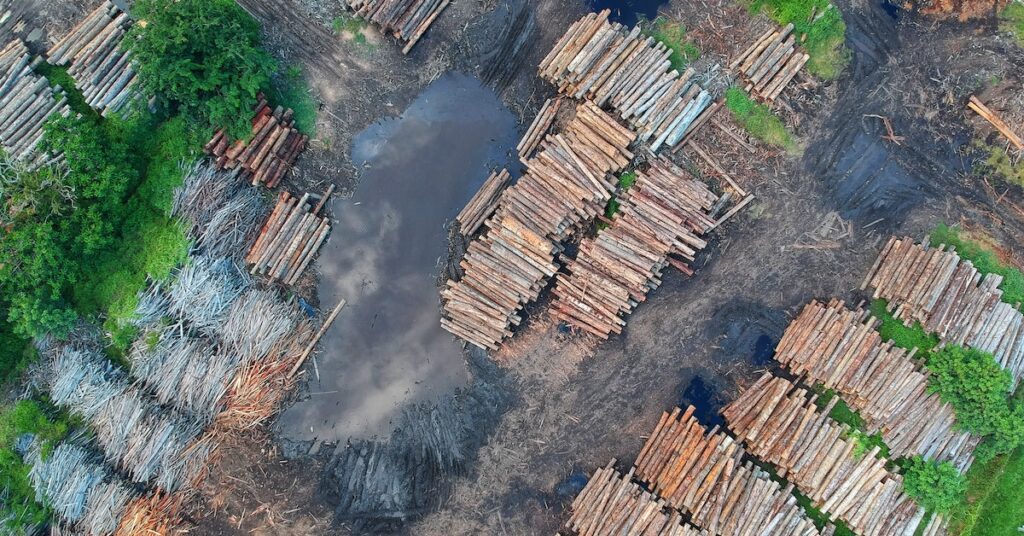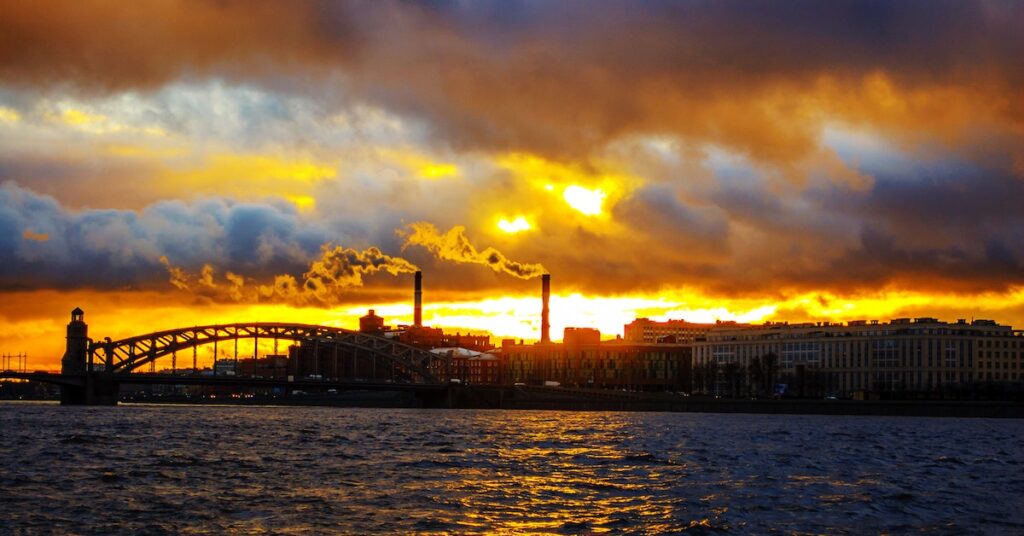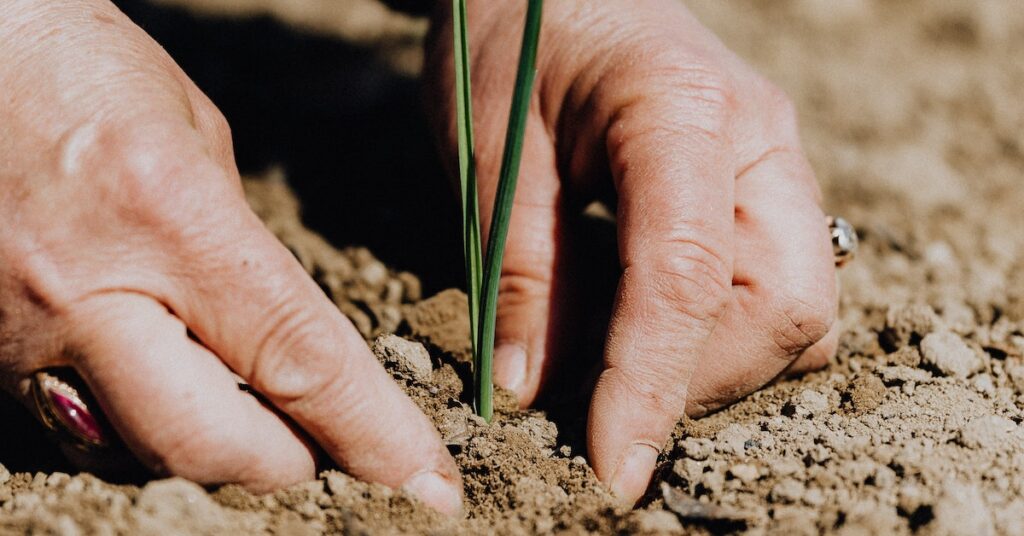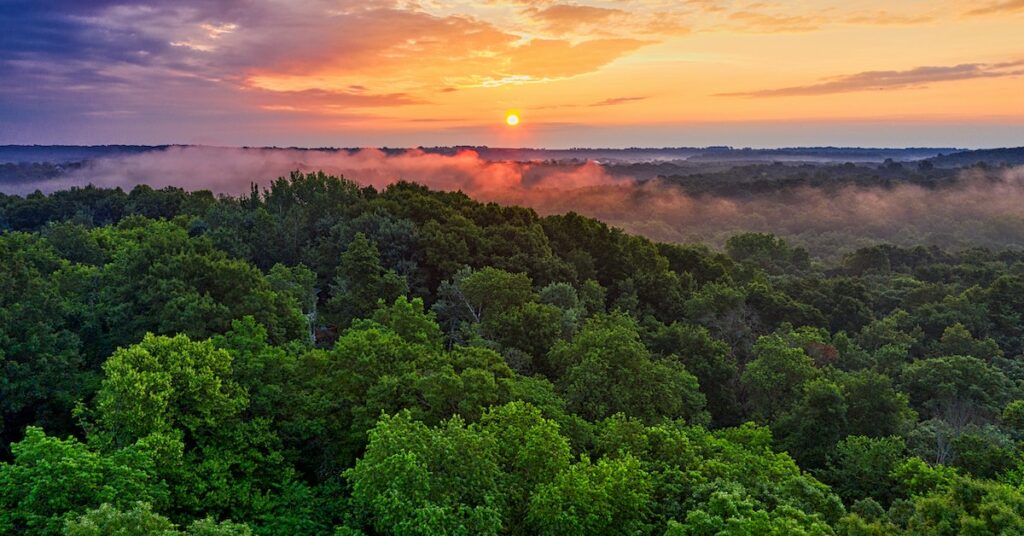Increasing rainfall and wind are two factors that contribute to erosion. Therefore, areas with higher levels of rainfall should also experience higher levels of erosion. Industrial agriculture and demand for minerals also contribute to erosion. As a result, the world’s forests are disappearing. In addition, the amount of water in some areas is decreasing. Therefore, […]
Author Archives: Green Climate Seeker
Deforestation can affect the water cycle in many ways. When there are less trees, the earth dries up more quickly, leading to the disappearance of springs and small rivulets. The absence of trees also changes the soil’s properties. The loss of trees alters the amount of organic matter that falls to the ground. This, in […]
The health effects of air pollution are very real and are affecting four out of ten U.S. residents, according to a recent report from the American Lung Association. The report, published annually, first showed that four out of ten U.S. counties had unhealthy air quality in 2000. Since then, the Clean Air Act has helped […]
If you’re concerned about pollution, you might be wondering what animals are affected by it. Here are some examples: birds, plants, and insects. These creatures spend a great deal of time outdoors and have higher breathing rates than people do. Over time, exposure to pollution can reduce a bird’s egg production, lead to inflammation, and […]
Did you know that your food choices affect the climate? Meat, dairy, cheese, and eggs all contribute to climate change. But what can you do to reduce your carbon footprint? Organic foods have a lower carbon footprint than animal-based ones. Read on to learn more about the impact of meat on our planet. Meat is […]
The two-legged stance confers certain advantages in keeping cool. Humans’ upright posture exposes most of their bodies to the full sun compared to four-legged animals, who have the entire back exposed to the hot sun. Upright postures also expose more body area to cool air currents, which reduces the rate of heat gain from the […]
How do ocean temperatures affect the climate of coastal cities? Ocean temperature affects a coastal city’s climate in two main ways: warming and cooling. Warm ocean currents warm the air above the ocean and carry it to land, increasing coastal temperatures. Conversely, cold ocean currents carry cooler air to land, lowering coastal temperatures. These two […]
Climate and temperature may influence individual behaviors, but not all social scientists agree. For example, Montesquieu argued that cold weather made people more active, while heat rendered people passive. Cold weather makes us more generous and sentimental, while heat drains us of our vigor and sense of generosity. That’s why he noted that Indians needed […]
Carbon-based fuels are the primary source of pollution in our environment. They are nonrenewable because they are made of fossilized wood and cannot be processed biologically. The only way to replenish these fuels is to dig through the layers of sediment and extract the organic material that was trapped in them. Fossil fuels can only […]
The abundance of terrestrial and aquatic plants depends on several factors. Human actions influence some of these variables. For example, plants may be limited by soil moisture regime, pathogens, herbivores, disturbances, dispersal abilities, or climate. In addition, human actions influence the availability of nutrients and other resources. Other factors may limit plant growth, such as […]


